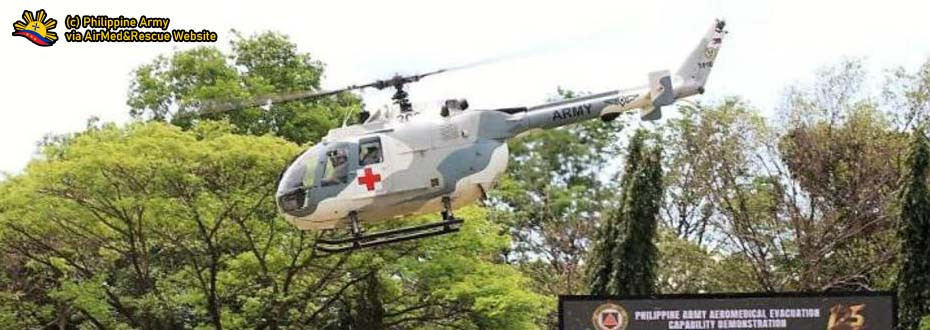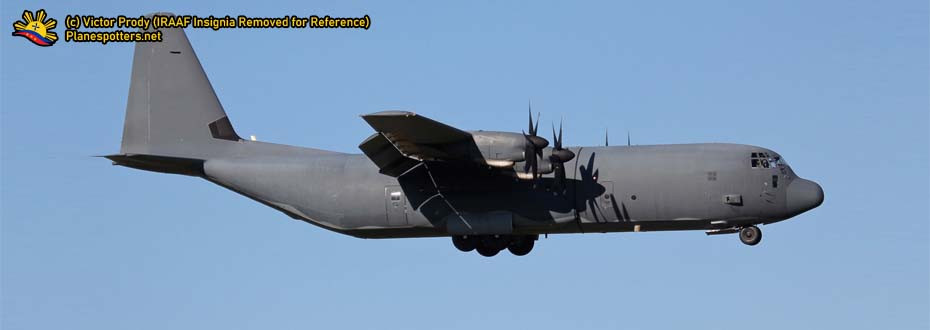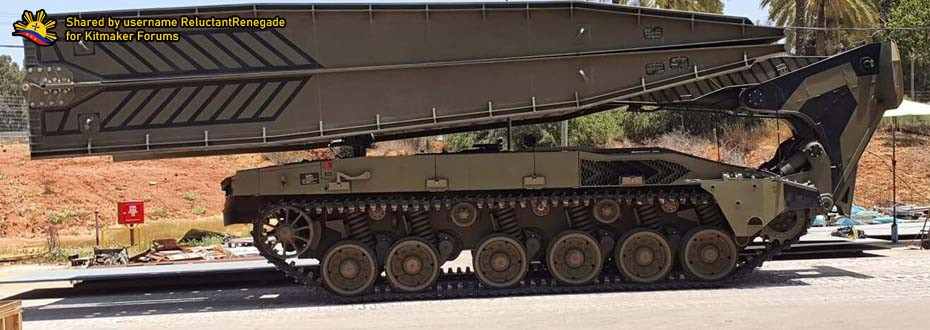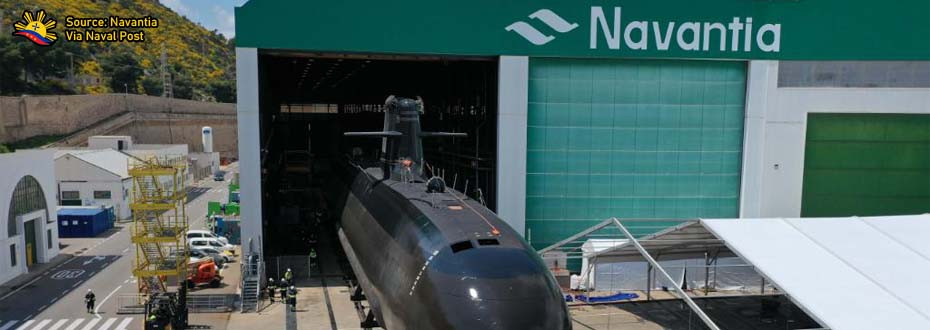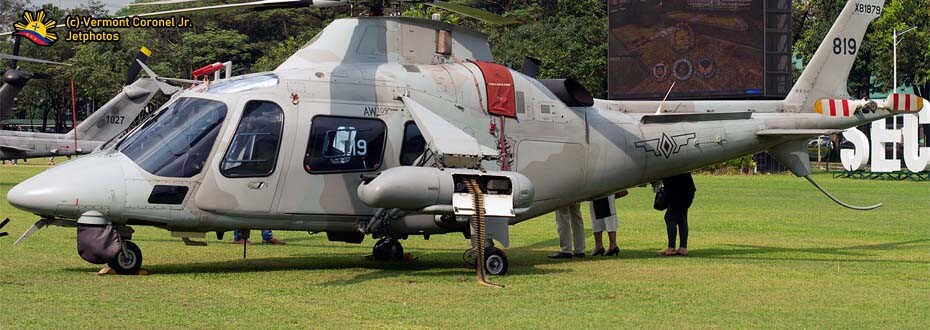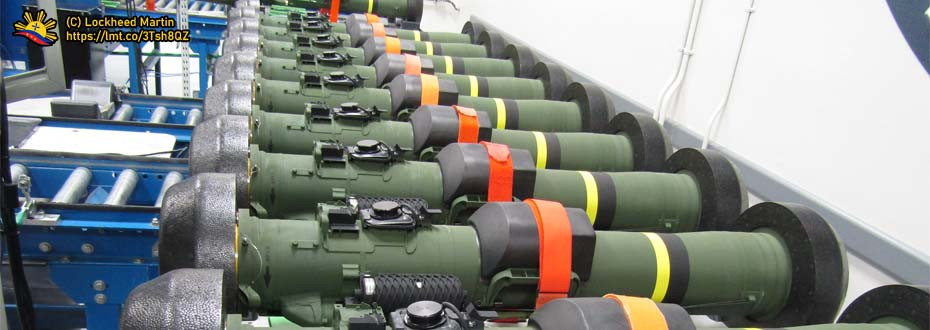As the Philippine Navy keeps on modernizing its fleet of highly-capable vessels, it came with several shipbuilding companies interested in participating in the deal with the aims of getting and securing the contract, by which they will be obligated in building gray-hull vessels and eventually providing aftersales support whilst securing profit needed for the operations of the winning bidder.
Those suppliers usually came with the backing of their respective governments wherein forging contracts for the production of warships go beyond the obligation that arose between the supplier and buyer but rather, an opportunity to improve relations between two nations, let alone between two neighboring countries within the region.
ON THE NEWS
 |
Royal Thai Navy's HTMS Krabi (OPV-551), built locally
with support from BAE Systems Support Ships of U.K.
(c) Wikimedia Commons |
As detailed on the March 4 report from the IHS Janes website, both the Philippine and Thai governments signed a Memorandum of Understanding that expands defense industrial cooperation between the two Southeast Asian countries, a significant step that may allow Thailand in showcasing their candidate vessel for the Philippine Navy's Offshore Patrol Vessel and eventually selling them if they managed to win out the bid.
This news came along with the other development involving a similar agreement between the Philippine government and their Indian counterparts which also involves a Memorandum of Understanding that allows the latter to supply the former shall the contract which involves the bid for both the Philippine Army's Land-Based Missile System and the Philippine Navy's Shore-Based Anti-ship Missile System secured by India as they offered their Brahmos Supersonic Missile for both these projects.
To take note, it was widely discussed in the local defense community about the competitor of the Offshore Patrol Vessel acquisition project especially with Australia's offer with Austal's Cape-class derived vessel being the prime candidate to the project with its advantage being that it may be produced within the company's shipyard in Cebu, giving additional jobs that benefit the local population while at the same time providing defense necessities for the Philippine Armed Forces.
With Thailand joining the project, they are looking forward to securing this project as it may mean the debut of their own defense industrial complex as this may serve as the first known export of the Thai-made warship to a fellow Southeast Asian country, in the same manner to the Indonesians did when PT Pal Persero successfully delivered its two Landing Platform Dock vessels known as the Tarlac-class to the Philippine Navy consisting of BRP Tarlac LD-601 and BRP Davao del Sur LD-602.
In this discussion, let us discuss in-detail with regards the background of development for the current Thai Offshore Patrol Vessels in service, as well as the shipbuilding company that produced these vessels and also the design of the vessels in which it came with assistance and support from a known defense company in the United Kingdom that made the current standing of Thai shipbuilding possible to engage in the Philippine Navy Offshore Patrol Vessel bid.
THE THAI SHIPBUILDING COMPANY
 |
| Image: HTMS Bangpakong undertaking repair and maintenance procedure in Thailand's military shipbuilding drydock. Image Courtesy to Bangkok Post, by Apichart Jinakul. |
Just like Indonesia, Thailand is also capable of producing its own warships starting with the Offshore Patrol Vessels, of which its design cue was derived from the original British variant of the vessel and also the one that the Thais are currently marketing to the Philippine Navy's Offshore Patrol Vessel acquisition project as it will be competing with other bidders of the project such as Australia's Austal shipbuilding.
Its military shipbuilding came in the form of Mahidol Adulayej Naval Dockyard, which is in Sattahip District, Chonburi province in Thailand which is situated southeast of Bangkok in the shoreline facing the Gulf of Thailand, adjacent to a nearby Royal Thai Navy base wherein warships like the Spanish-made HTMS Chakri Naruebet aircraft carrier is currently based.
The said naval dockyard is currently owned by Bangkok Dock Company, in which the Government of Thailand has full control through the Ministry of Finance with its board of members composed of senior naval officers with the Royal Thai Navy commander in chief served as a chairman that oversees operations of the company which involves the production of the Krabi offshore patrol vessels for their fleet.
The main specialty of Mahidol Adulayej Naval Dockyard, aside from building Krabi-class Offshore Patrol Vessels for the Royal Thai Navy, is to maintain currently-active warships of the Thai maritime fleet such as the Chinese-made HTMS Bangpakong seen in the image above in which it plays a significant role to maintain and repair such vessels and keep them functional for the Royal Thai Armed Forces, especially for its naval component to uphold their mandate before the Kingdom they serve.
Back to the discussion about the Bangkok Dock Company, it was worth mentioning that it was originally founded by a British entrepreneur in the mid-19th century (1865) with the original purpose of serving cargo vessels that came into Bangkok's ports for trade, in which it is a far cry to its current naval-oriented operations with the current aims of expanding their market share across Southeast Asia, starting with the Philippines itself shall they bagged the contract for the project.
This Thai naval dockyard was named after the Prince of Songkla Mahidol Adulayej, father to both King Ananda Mahidol and King Bhumibol Adulyadej that have ruled Thailand for the huge part of the 20th Century down to the first part of the 21st Century, of which he served in the Royal Thai Navy from 1912 to 1916 at the rank of Lieutenant and eventually at the rank of Captain before his resignation to pursue his goals.
KNOWING BAE SYSTEMS SURFACE SHIP ITSELF AND ITS ROLE IN DEVELOPMENT
 |
| This British defense company is notable for manufacturing sophisticated military equipment such as the Eurofighter Typhoon (imaged above). Image Source. |
To further understand the undertaking that made this deal possible involving Royal Thai Navy's Offshore Patrol Vessels like the HTMS Krabi, let us discuss further a partnership that Thailand's Bangkok Dock Company made with a foreign defense company by which it influenced the development of these naval assets that are currently being offered to the Philippine Navy through is Offshore Patrol Vessel acquisition project.
With regards to the foreign defense company, we are referring to the British multinational defense company BAE Systems plc which is a known global brand in producing sophisticated military weaponry primarily to both European and United States markets like the Eurofighter Typhoon (seen above) utilized in service of primarily European Air Forces such as the British Royal Air Force, the Spanish Air Force, and the German Air Force (Luftwaffe).
The company itself was formed after the British Aerospace plc (BAe) and Marconi Electronic Systems merged in November of 1999 when the former purchased the latter in the amount of £7.7 billion in which cemented its foothold as a known defense company until today, with subsidiaries operating under the BAE Systems umbrella such as the United States-based BAE Systems, Inc., and BAE Systems Surface Ships which is the one responsible for the production of River-class derived ships for the Royal Thai Navy.
The BAE Systems Surface Ships, or BAE Systems Maritime as it is known today, started as a joint venture between BAE Systems plc and VT Group on July 1, 2008, when it became operational as the BVT Surface Fleet and eventually became known as the BAE Systems Surface Ships when VT Group sold its stake in the shipbuilding industry joint venture to BAE Systems plc 15 months later, on October 30, 2009, effectively solidifying its organization with regards to shipbuilding.
From its inception, it has produced several naval ships intended for other countries like the Lekiu-class Frigates intended for the Royal Malaysian Navy, Nakhoda Ragam-class Corvettes for Brunei Darussalam's Navy in which it was sold eventually to the Indonesian Navy (Tentara Nasional Indonesia - Angkatan Laut) as the Bung Tomo-class Corvette, and eventually the Krabi-class Patrol Vessels of Thailand which will be the highlight of the topic of this article.
THE KRABI PATROL VESSEL
 |
| Here are the specifications and other relevant information about the Krabi patrol vessels of the Royal Thai Navy. Image and screengrab reference as specified. |
The Krabi patrol vessel of the Royal Thai Navy consists of these two vessels:- HTMS Krabi (OPV-551)
- HTMS Prachuap Khiri Khan (OPV-552)
These vessels made by Bangkok Dock Company is built with 100% steel in their structure, which is typical in maritime shipbuilding as compared to the Offshore Patrol Vessels offered by Austal in which it may come with a mix between having a steel hull and aluminum superstructure as opposed to the full Aluminum-based construction of vessels like the Cape-class patrol vessels of the Royal Australian Navy.
Given its specifications, the Krabi patrol vessel is seen as larger in its dimension as opposed to Austal's deal, wherein the Thai offshore patrol vessel is at 8meters longer at 90 meters as opposed to the Australian-built warships with 83 meters while there is a small difference on its width or "beam" in maritime parlance on both vessels, with the Thai-made vessel having 13.5 meters while the Australian offer has 13.3 meters.
The Krabi-class offshore patrol vessel also goes larger than the BRP Gabriela Silang of the Philippine Coast Guard, a full aluminum-made offshore patrol vessel of the agency produced by the French shipbuilder OCEA with a length of around 84 meters, currently the largest vessel in their fleet until the larger Japanese-made ships will be delivered with its design derived from the Kunigami-class patrol vessels of Japan Coast Guard.
With regards to the design of the Krabi offshore patrol vessel, it closely resembles the Batch 2 River-class Offshore Patrol Vessel of the British Royal Navy, especially that both vessels were developed by BAE Systems Surface Ships, although there are slight variations between these two types of vessels with the different navies having their own military specifications and requirements which will see fit to their respective fleet necessities, with varying threats taken into consideration that will define the configuration of a warship, especially to its fitted weaponry.
As one might notice, the Krabi patrol vessel is fitted with a 76mm Oto Melara main Gun as opposed to the 30mm main guns seen fitted onboard the Batch 2 River-class Offshore Patrol Vessels of the British Royal Navy, while the Krabi's secondary armaments came in the form of 30mm MSI guns and the second warship on its fleet, the HTMS Prachuap Khiri Khan, may get fitted with 2x4 Harpoon launchers will render it more formidable, even for an offshore patrol vessel.
Other specifications of the Krabi patrol vessels include its top speed of 25 knots which are made by 2 MAN 19V28/33D diesel engines, a 16-cylinder powerplant which has a power requirement that ranges from 5,000kw - 10,000kw per unit, totaling it at around 10,000kw - 20,000kw for a single Offshore Patrol Vessel such as the HTMS Krabi of the Royal Thai Navy.
With Krabi's design shared not only with the Batch 2 River-class offshore patrol vessels of the British Royal Navy but also with the Brazilian Navy and its Amazona-class offshore patrol vessels, there will not be much of a problem with regards to the reliability of such vessels shall a warship or a patrol vessel will be considered by the Philippine Navy for its Offshore Patrol Vessel Acquisition Project, competing with the likes of Austal's Philippine Navy OPV offer.
WHAT REMAINS TO BE SEEN
 |
Austal's Offshore Patrol Vessel offer still has the upper hand on this acquisition project.
Obtained from Austal's video ad. |
The offer made by Thailand's Bangkok Dock Company for an offshore patrol vessel is seen as a welcoming gesture, aiming at improving defense ties between the Philippines and its fellow Southeast Asian neighbor while getting the benefit on both sides in a sense that a buyer successfully obtained the tools it requires to have while the seller managed to make a sale from a deal while expanding its market at the same time.
While such an offer is seen as a good move from Thailand, let it be noted that they still do face stiff competition from other shipbuilding companies who wanted to bag the contract for the delivery of six offshore patrol vessels to the Philippine Navy, with offers also having its own weight of benefits that an end-user simply cannot resist as the perks define the value of the goods delivered from a fixed budget allocated.
To take note, Austal's offer is still seen as the top choice for the Philippine Navy Offshore Patrol Vessel Acquisition Project, as said by the Secretary of National Defense in his speech during the christening of BRP Antonio Luna FF-151 in which he cited Austal's established shipyard in Balamban, Cebu, as having them awarded to the Australian shipbuilding firm can also provide additional employment for aspiring Filipinos who wanted to join Austal while stimulating the local shipbuilding industry with these warships that one can say that it is really a Filipino-made naval vessel.
Despite Austal's current lead in the project, other shipbuilding firms that laid their offers on the table are still a welcoming aspect of competition in this acquisition project as an end-user like the Philippine Navy now has multiple options to consider by which the prospective bidder with the lowest and most responsive bid, wins just like in the provisions stated in the Procurement Law or R.A. 9184.
With this, we may look forward to the further milestones that the currently-materializing acquisition project of the Philippine Navy may bring, especially now that the fleet is now phasing its old World War 2-era vessels out of service with the aims of increasing the number of newer ships servicing the fleet as well as the desire of ever-increasing maritime capabilities, all for the Naval Defense of the Philippine Republic.













